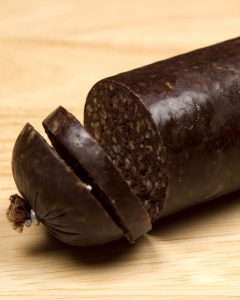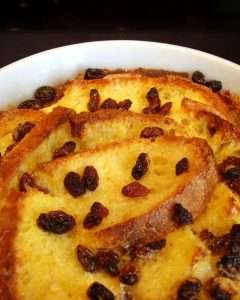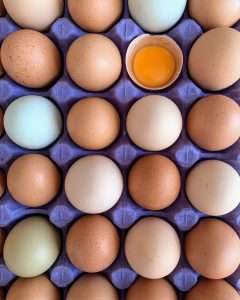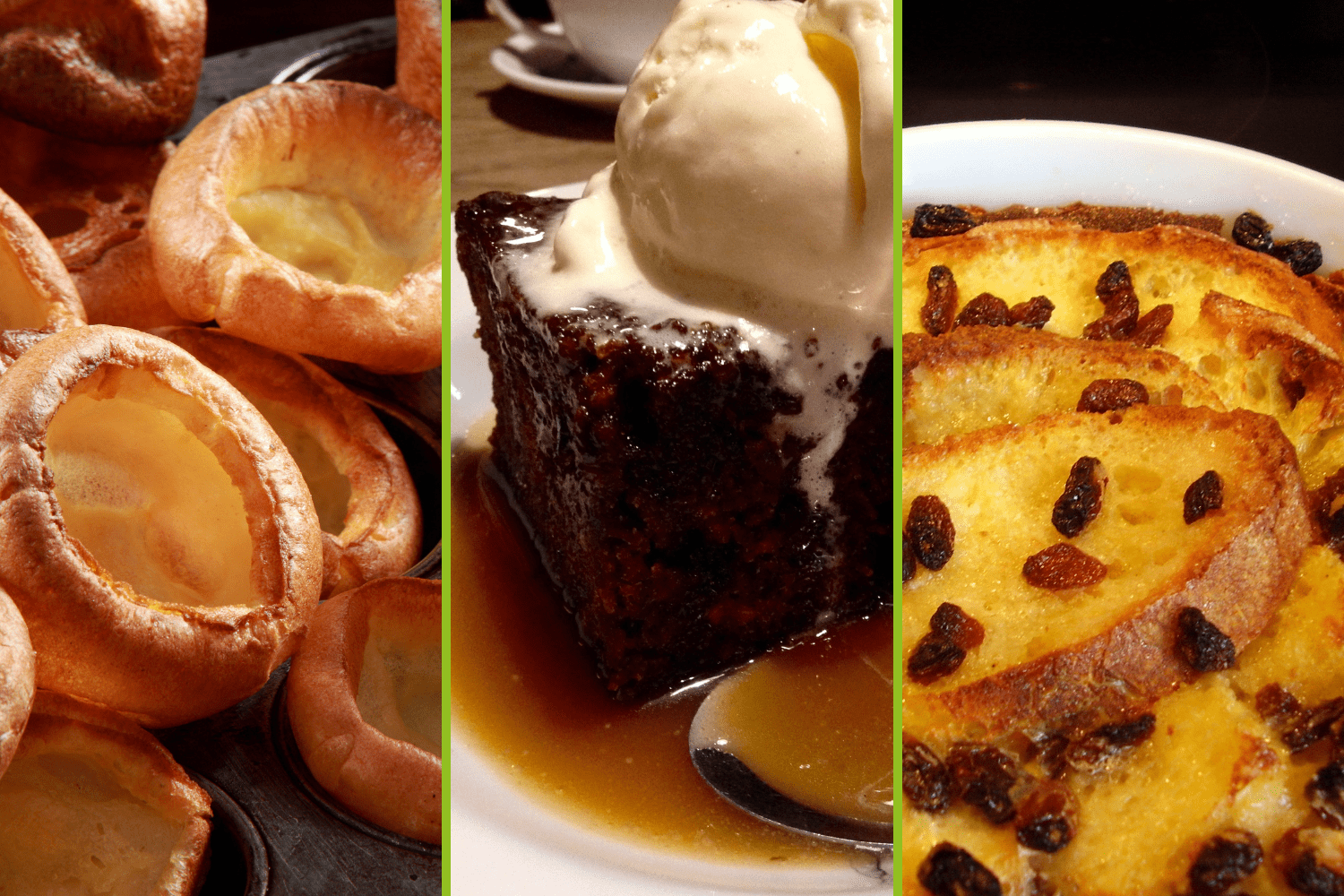From hearty steak & kidney pudding to indulgent sticky toffee, puddings are one of the most iconic parts of British food culture. But did you know the word pudding has been around for centuries, and didn’t always mean dessert? With National Pudding Day on November 9th, it’s the perfect time to celebrate this much-loved staple of British kitchens.
From Savoury Beginnings to Sweet Treats
The word pudding comes from the French boudin, meaning “small sausage.” Early puddings were savoury and made by stuffing animal intestines with minced meat, oats, or blood – which is how we got traditional dishes like black pudding.
By the Middle Ages, puddings were often a way to use up leftovers and preserve meat with spices and dried fruits. Over time, puddings became more refined, with the invention of suet pastry and later steaming methods. This is when we started to see dishes like spotted dick and steak & kidney pudding, which remain favourites today.
As sugar became more affordable in the 17th century, puddings also turned sweeter. Dried fruits, spices, and sugar led to classics like plum pudding – the ancestor of today’s Christmas pudding. By the Victorian era, puddings were a centrepiece of celebration feasts.

Famous British Puddings You Might Know
- Yorkshire pudding – not a dessert! Served with roast beef, made from flour, eggs, and milk.
- Sticky toffee pudding – a 20th-century invention, rich with dates and toffee sauce.
- Treacle sponge – a steamed sponge with golden syrup.
- Rice pudding – comforting and simple, with milk and rice slowly baked.
- Bread and butter pudding – originally a way to avoid wasting stale bread.

Farmers at the Heart of Puddings
Behind every pudding are the farmers who produce its key ingredients:
- Wheat farmers – growing the flour for sponge and pastry bases
- Dairy farmers – providing milk, cream and butter
- Egg producers – essential for batter and sponges
- Livestock farmers – supplying suet or meat for savoury puddings
- Orchard growers – apples, plums, and berries bring fruity flavours
Without British farmers, our puddings wouldn’t be possible – whether it’s the eggs in a Yorkshire pudding or the cream poured over a warm treacle sponge.

Puddings Today
Today, puddings are as much about comfort as celebration. They’ve evolved with modern tastes – gluten-free sponges, plant-based custards, and even creative twists like chocolate lava cakes. But the roots of British puddings remain deeply tied to farming traditions, seasonal produce, and community celebrations.
So on National Pudding Day, whether you prefer savoury or sweet, take a moment to enjoy a true taste of British history – and raise a spoon to the farmers who make it all possible!

